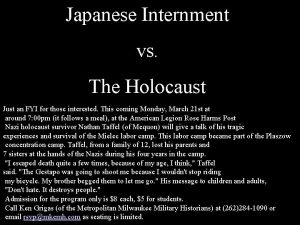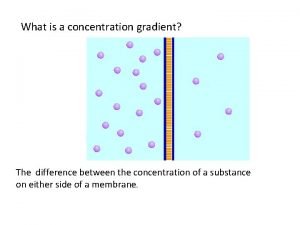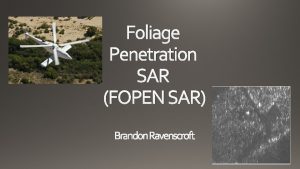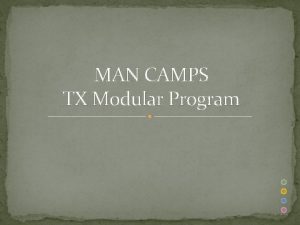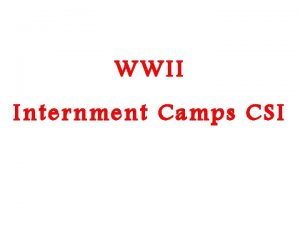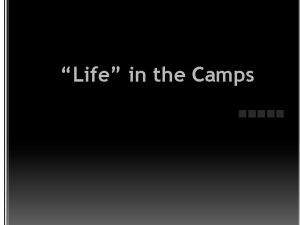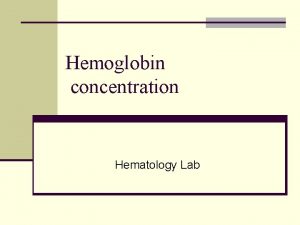WW II Concentration Camps C 2 General Concentration






- Slides: 6

WW II Concentration Camps C 2 General

Concentration Camps | The Beginning § Nazi Germany maintained concentration camps throughout the territories it controlled before and during the Second World War. § The first Nazi camps were erected in Germany in March 1933 immediately after Hitler became Chancellor and his Nazi Party was given control of the police by Reich Interior Minister Wilhelm Frick and Prussian Acting Interior Minister Hermann Göring. § They used the camps to hold and torture political opponents and union organizers. Adolf Hitler C 2 General § The camps initially held around 45, 000 prisoners. In 1933– 1939, before the onset of war, most prisoners consisted of German Communists, Social Democrats, Roma, Jehovah's Witnesses, homosexuals, and persons accused of 'asocial' or socially 'deviant' behaviour by the Germans.

Concentration Camps | The Experience One of the more well known camps is Auschwitz and is located in southern Poland. Initially it served as a detention center for political prisoners. However, it evolved into a network of camps where Jewish people and other perceived enemies of the Nazi state were exterminated, often in gas chambers, or used as slave labour. Between 1933 and 1945, Nazi Germany and its allies established more than 44, 000 camps and other incarceration sites (including ghettos) Gas Chamber Auschwitz C 2 General Prisoners

Concentration Camps | The Liberation • The first major camp to be liberated was Majdanek near Lublin, Poland in July 1944. Surprised by the rapid Soviet advance from the east, the Germans attempted to hide the evidence of mass murder by demolishing much of the camp, but parts - including the gas chambers - were left standing. • Soviet forces liberated Auschwitz—the largest killing center and concentration camp complex—in January 1945. The Soviets also overran the sites of the Belzec, Sobibor, and Treblinka killing centers. British forces liberated concentration camps in northern Germany, including Neuengamme and Bergen-Belsen. • Stutthof was the first Nazi concentration camp set up outside German borders in World War II, in operation from 2 September 1939. It was also the last camp liberated by the Allies on 9 May 1945. Liberation of Auschwitz C 2 General Liberation of Bergen-Belsen

Concentration Camps | Today • Despite the passage of time, Auschwitz is still one of the most important historical sites in Poland. • This place is still a living memory of hunger, suffering, torture and death. We can not forget that thousands of innocent people lost their lives there, in unhumane conditions and without any proper reason other than their race or religious beliefs. • Auschwitz is now a top tourist attraction for many and had 2. 3 m visitors in 2019. C 2 General

THE END C 2 General
